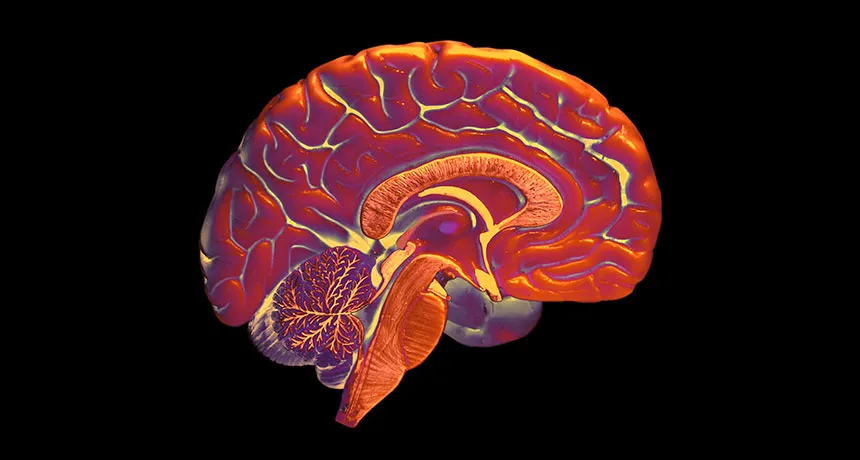Mini brains may wrinkle and fold just like ours
Growing organoids on glass provides a window into the push and pull of brain cells

ANOTHER WRINKLE The outer layer of the human brain has distinctive folds. Work with brains growing in lab dishes is showing how the structures may form.
Daniel Heighton/Shutterstock






